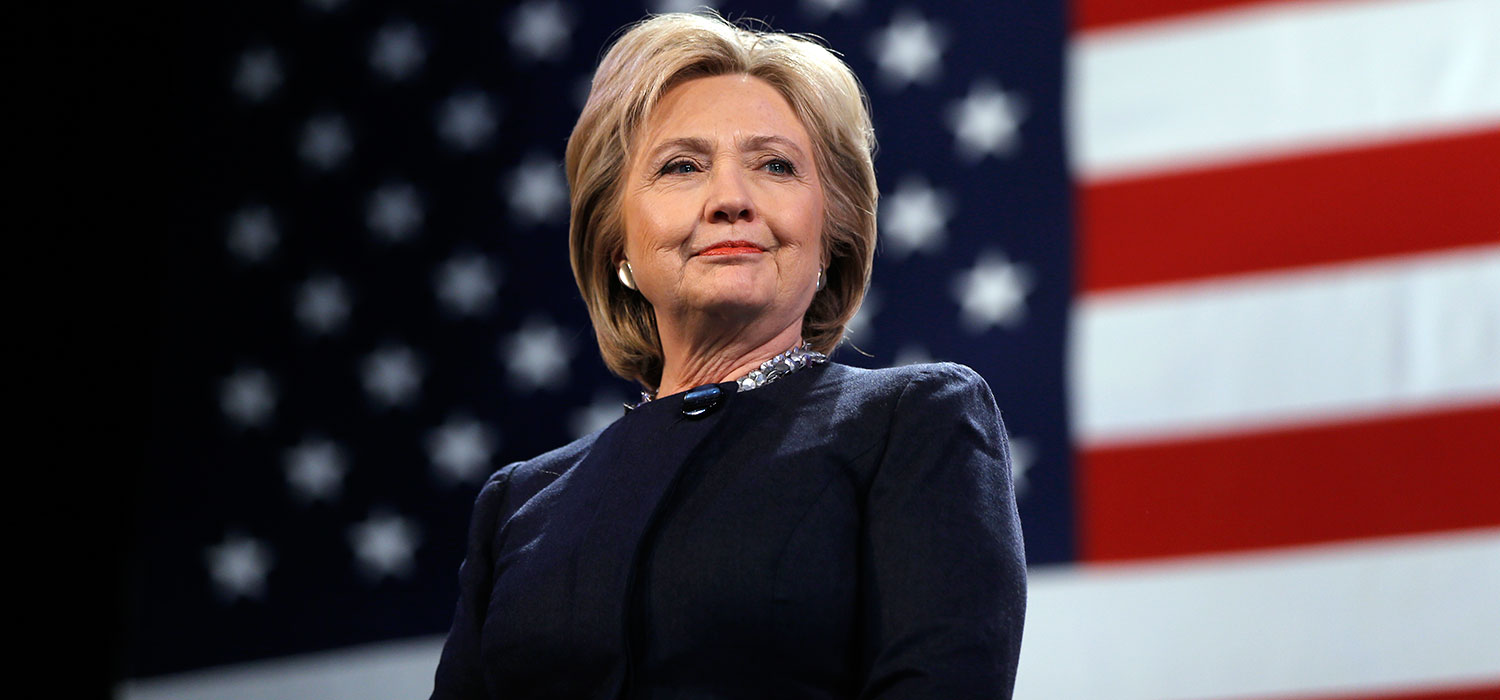
<p>Democratic presidential candidate Hillary Clinton is introduced during a campaign stop Friday, Jan. 22, 2016, in Rochester, N.H. (AP Photo/Matt Rourke)</p>
This post originally appeared on Urban Institute's 2016 Analysis.
A young girl in Las Vegas recently asked Hillary Clinton if she would be paid the same as a male president, if elected. “This is one of the jobs where they have to pay you the same. But there are so many examples where that doesn't happen,” Clinton answered.
Unsurprisingly, inequality is a major topic in the 2016 presidential race. That discussion often takes the form of the “1 percent” versus the middle class or those with low incomes, but inequality is prevalent throughout the workforce when we simply look at gaps in earnings between men and women.
Although smaller than it was 40 years ago, the pay gap between men and women has remained largely unchanged over the past decade. In 2015, for example, women’s median earnings were about 81 percent of men’s. Though the gaps vary by race, women of all races and ethnicities earn considerably less than men of that race and ethnicity.
A 2009 report by the US Department of Labor shows that most of the disparity between men’s and women’s wages can be attributed to “individual choices.” According to that study, greater percentages of women in the labor force work part-time or leave the labor force for child birth, child care, and caring for older relatives. The same study found that a larger percentage of women also value “family-friendly” workplace policies, which often come at the expense of higher salaries.
However, a new study by researchers at Cornell University shows that as women moved into industries and occupations previously dominated by men, pay for those jobs fell. And even when these “individual choices” are taken into consideration, there is still a 5 to 7 percent unexplained gender wage gap between men and women.
These gaps are real and consequential. And they have implications for what people can do now and what they will be able to do later in life. Lower earnings now mean lower Social Security benefits later. A woman earning 95 cents for every dollar a man makes might sound trivial at first, but it adds up to a catastrophic loss over time. Over a 40-year career at $50,000 per year, a woman would lose $100,000 in earnings relative to her male counterpart.
These numbers place the discussion among political candidates in some context. Some candidates have proposed policies that could work to close the pay gap, while other policies might end up widening it. There are a few, however, that would directly affect the earnings gap between men and women.
- Minimum wage: An increase in the minimum wage—which many localities want to push up to $15 per hour—would give more money to workers at the low end of the income distribution. (The estimated effect of a minimum wage increase on employment varies based on the type of worker considered, but the literature generally suggests that the overall employment effects are negligible or not statistically meaningful.) Even though this won’t fix the problem of men being paid more than women who earn a minimum wage for the same jobs, it will help women because women account for 55 percent of all minimum-wage workers and over 72 percent of all tipped occupations (e.g., waitstaff, bartenders, and hair stylists).
- Affordable, high-quality child care: Child care can be a major expense for families. A year of infant care in a day care center in Washington, DC, costs nearly $23,000, more than the full-time salary for someone earning the DC minimum wage ($10.50 per hour until July 2016, and then $11.50 thereafter). Creating affordable, high-quality child care—through tax credits, employer incentives, or other mechanisms—can help parents be assured their children are safe and cared for while they work. For parents with young children—especially those who are low income—better and more affordable child care programs can give them the flexibility to better meet the demands of their jobs.
- Pay transparency: If you don’t know what your colleagues are earning, you don’t know if you’re being treated unfairly. The Paycheck Fairness Act would punish “employers for retaliating against workers who share wage information.”
- Paid family and medical leave programs: Differences in household responsibilities—such as child care and, increasingly, caring for elder parents—also contributes to gaps in earnings. Caregiving and housework responsibilities often fall to women and mothers. Christin Munsch, a sociologist at the University of Connecticut, has found evidence that men who make flexible workplace arrangements for child care were perceived significantly more positively than women who made arrangements for the same reason.
- More female representation on corporate boards: A recent study shows that pay gaps are much lower when more women serve on corporate boards. Including more women from all backgrounds in leadership roles in our economy can help close the pay gap.
Yet, even these policies (and others not mentioned) won’t fully address the pay gap. Implicit or explicit discrimination will affect pay levels and growth. Workers may not be promoted, and family and other duties may interfere with careers. The workplace is not the only place where inequities in pay can be addressed. But it is time for the presidential candidates to talk openly about the gap between men and women in the workforce, and propose serious policy solutions.
Let’s build a future where everyone, everywhere has the opportunity and power to thrive
Urban is more determined than ever to partner with changemakers to unlock opportunities that give people across the country a fair shot at reaching their fullest potential. Invest in Urban to power this type of work.